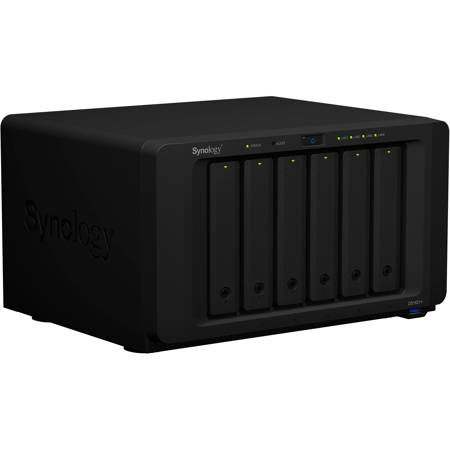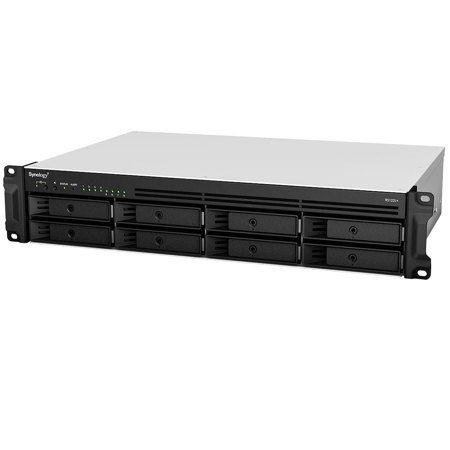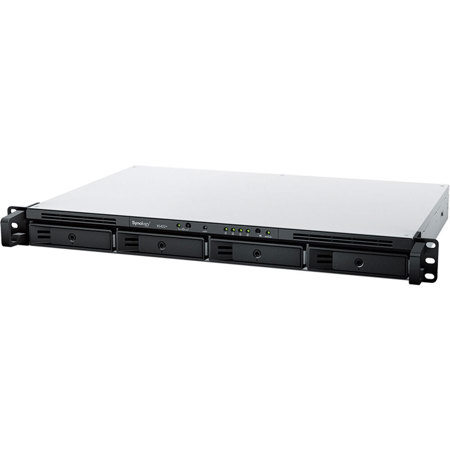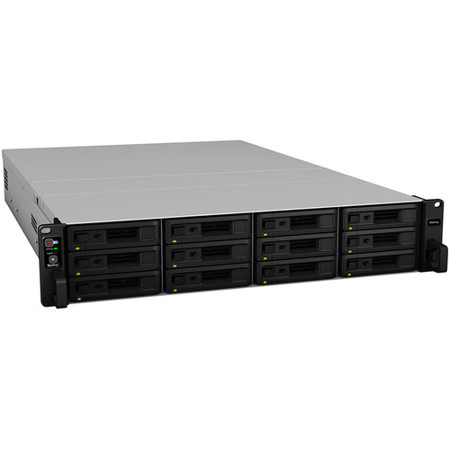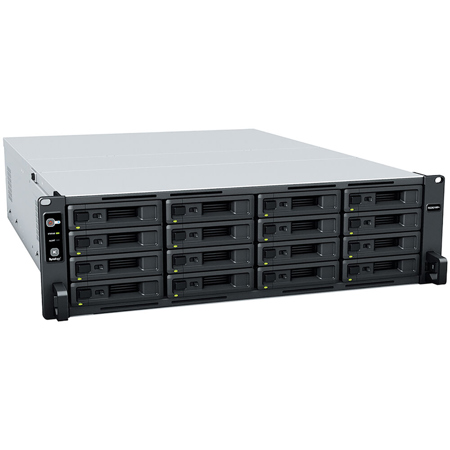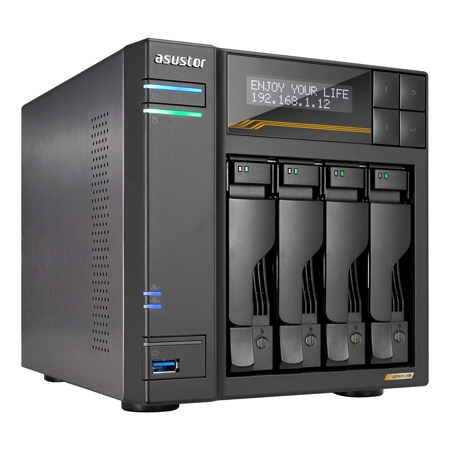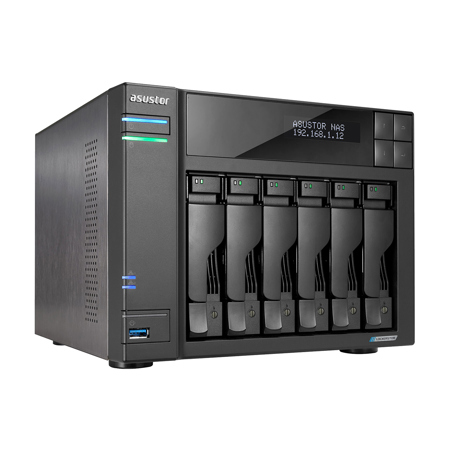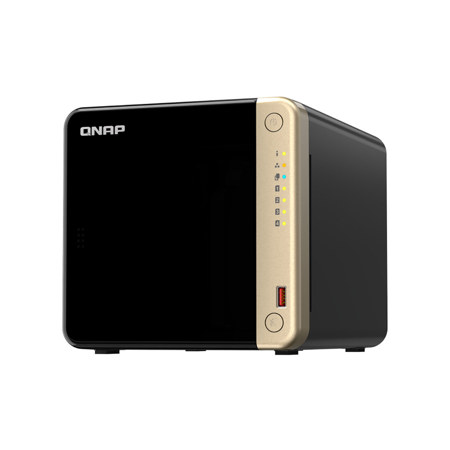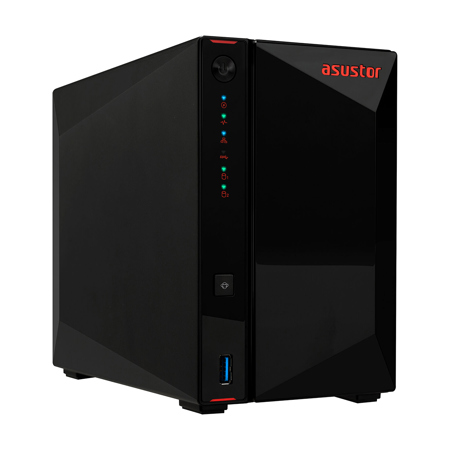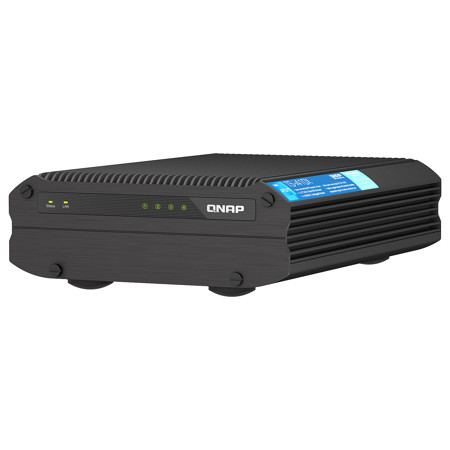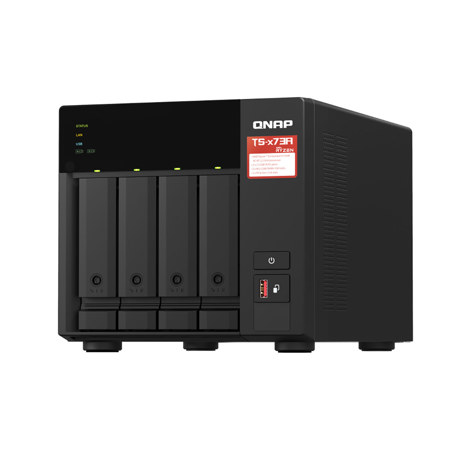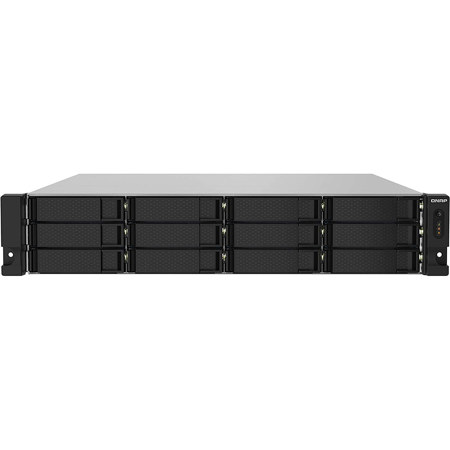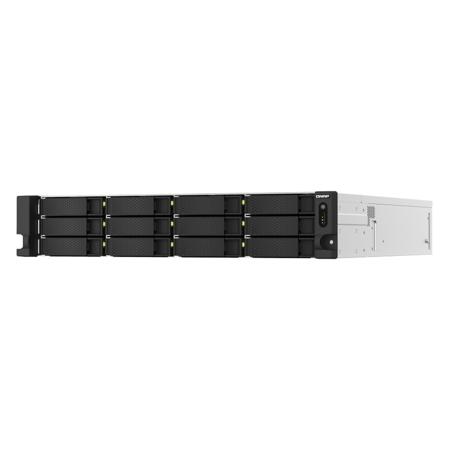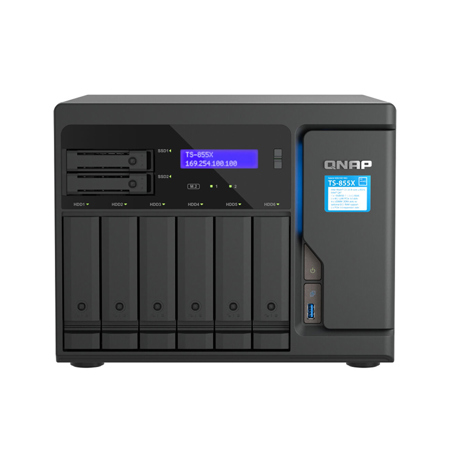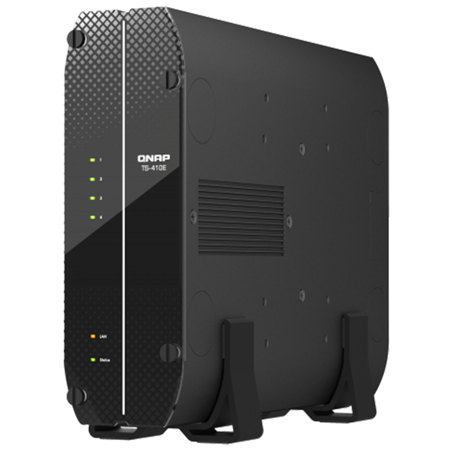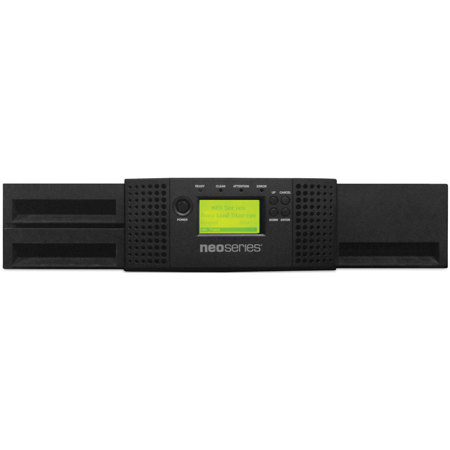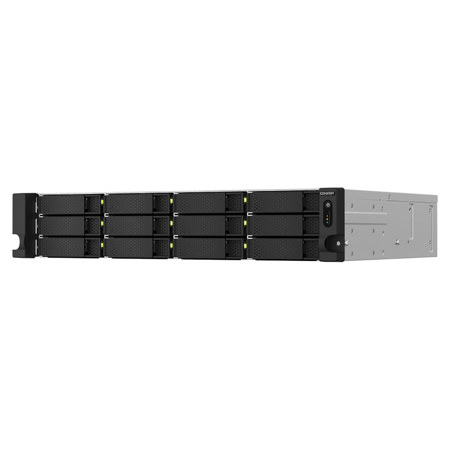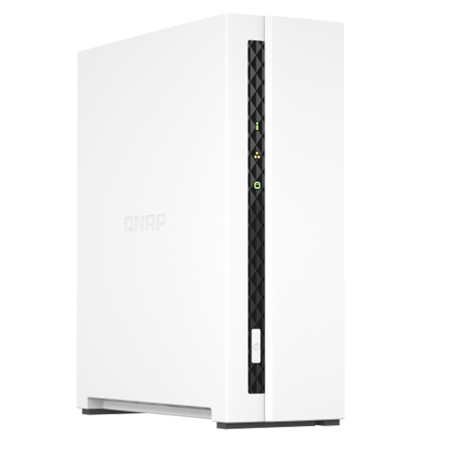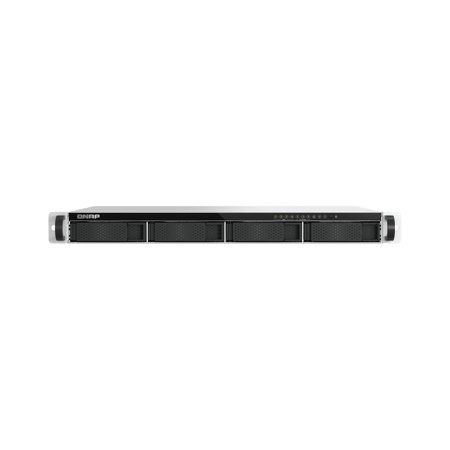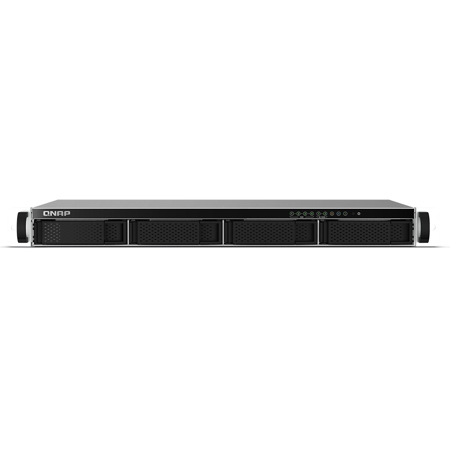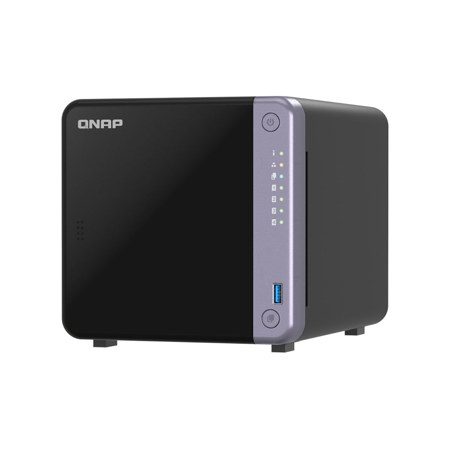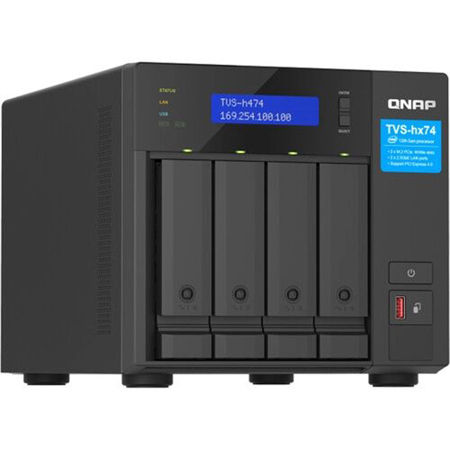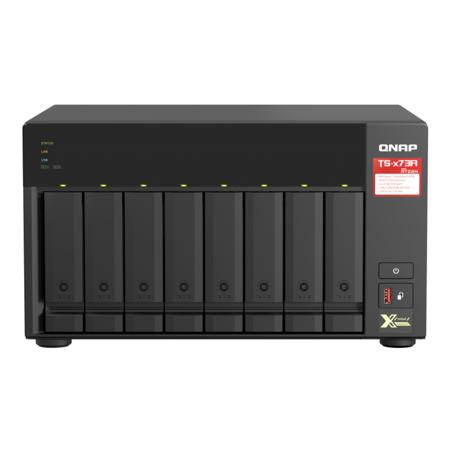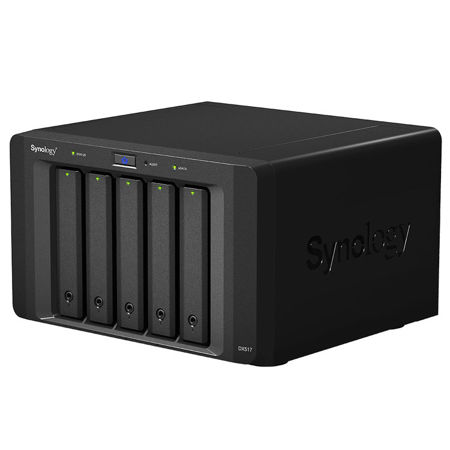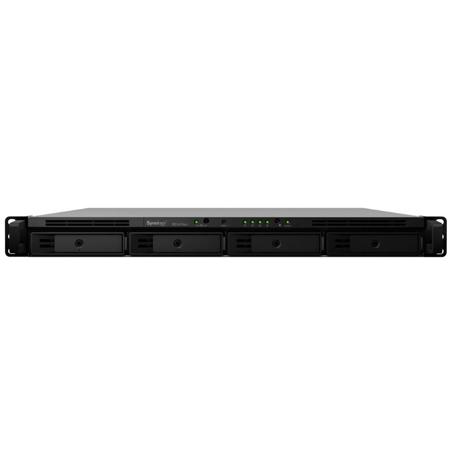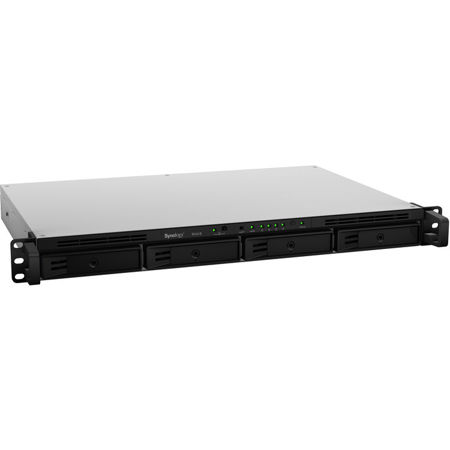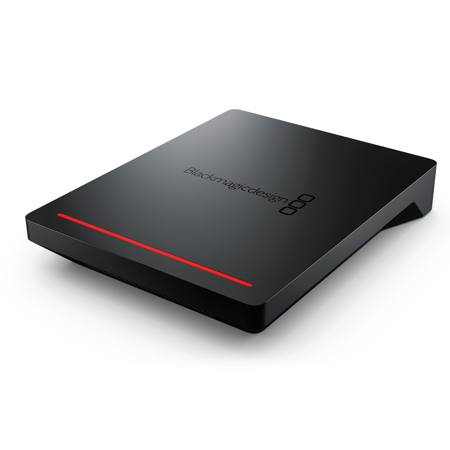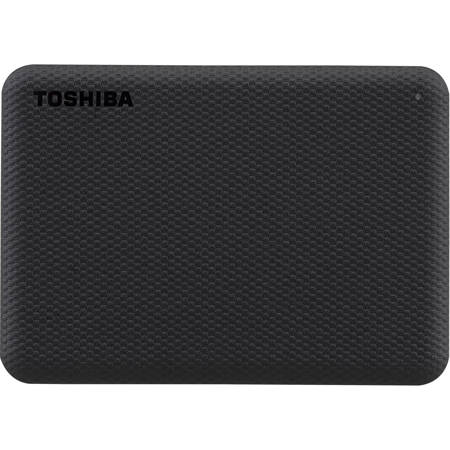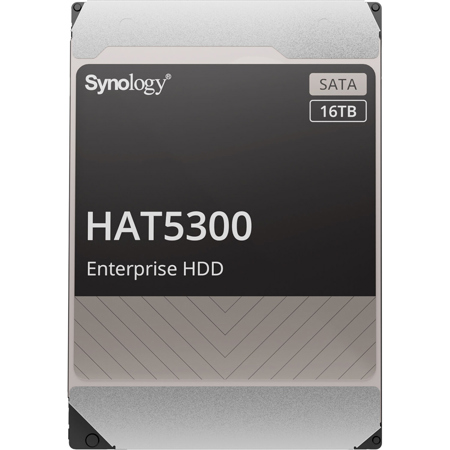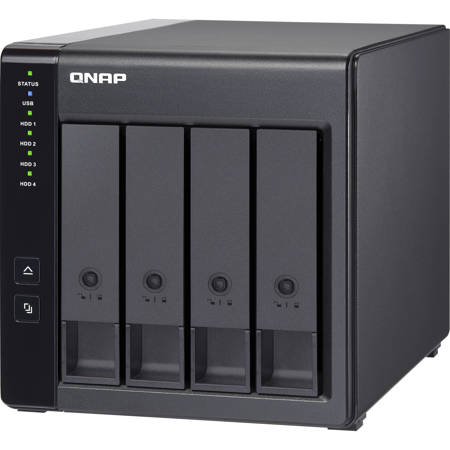NAS Backup Solutions
Network access storage (NAS) backup solutions have become a cornerstone for safeguarding digital assets in both professional and home environments. As the pace of digital content creation accelerates—particularly in the busy fall season, when photographers and videographers capture vibrant autumn landscapes and families prepare for the holidays—the need for reliable, scalable backup grows ever more critical. NAS backup solutions provide a centralized hub for storing, organizing, and protecting files, whether you’re an independent creative managing high-resolution media, a small business securing sensitive client data, or a household looking to preserve cherished memories. The versatility of NAS systems allows users to tailor their backup strategies: from duplicating data to a secondary NAS for redundancy and rapid recovery, to integrating directly attached storage (DAS) for local, high-speed backups, or leveraging cloud services for offsite protection against unforeseen disasters.
When selecting a NAS backup solution, it’s important to weigh several factors to match your workflow and risk tolerance. For those seeking peace of mind, the classic “3-2-1” backup rule—three copies of your data, on two different types of media, with one stored off-site—remains a gold standard. This might involve setting up a primary NAS for daily operations, a second NAS or DAS device for local redundancy, and automated cloud backups to ensure your files are always recoverable, even in the event of theft, hardware failure, or natural disasters. Automated backup processes are especially valuable for busy professionals who can’t afford to remember manual routines, while families may appreciate the simplicity of scheduled backups that quietly run in the background. The ability to restore not only individual files but entire systems, including virtual machines and operating systems, can be a lifeline for businesses and IT departments managing complex digital infrastructures. At the same time, the flexibility of NAS backup solutions makes them an inspired gift for students heading off to college, remote workers setting up home offices, or anyone looking to take control of their digital life as the new season begins.
As you explore your options, consider your storage capacity needs, the importance of automated versus manual backups, and your preferred balance between upfront investment and ongoing costs. Cloud-based solutions can offer lower initial expenses and easy scalability, while investing in secondary NAS hardware delivers faster recovery times and complete local control. Whether you’re building a robust backup system for a growing creative studio, enhancing security for a small business, or simply ensuring your family’s digital memories are safe for years to come, choosing the right NAS backup solution is an investment in peace of mind. For more information and to discover a curated selection of reliable options, visit our Data Backup Solutions page.
When selecting a NAS backup solution, it’s important to weigh several factors to match your workflow and risk tolerance. For those seeking peace of mind, the classic “3-2-1” backup rule—three copies of your data, on two different types of media, with one stored off-site—remains a gold standard. This might involve setting up a primary NAS for daily operations, a second NAS or DAS device for local redundancy, and automated cloud backups to ensure your files are always recoverable, even in the event of theft, hardware failure, or natural disasters. Automated backup processes are especially valuable for busy professionals who can’t afford to remember manual routines, while families may appreciate the simplicity of scheduled backups that quietly run in the background. The ability to restore not only individual files but entire systems, including virtual machines and operating systems, can be a lifeline for businesses and IT departments managing complex digital infrastructures. At the same time, the flexibility of NAS backup solutions makes them an inspired gift for students heading off to college, remote workers setting up home offices, or anyone looking to take control of their digital life as the new season begins.
As you explore your options, consider your storage capacity needs, the importance of automated versus manual backups, and your preferred balance between upfront investment and ongoing costs. Cloud-based solutions can offer lower initial expenses and easy scalability, while investing in secondary NAS hardware delivers faster recovery times and complete local control. Whether you’re building a robust backup system for a growing creative studio, enhancing security for a small business, or simply ensuring your family’s digital memories are safe for years to come, choosing the right NAS backup solution is an investment in peace of mind. For more information and to discover a curated selection of reliable options, visit our Data Backup Solutions page.
